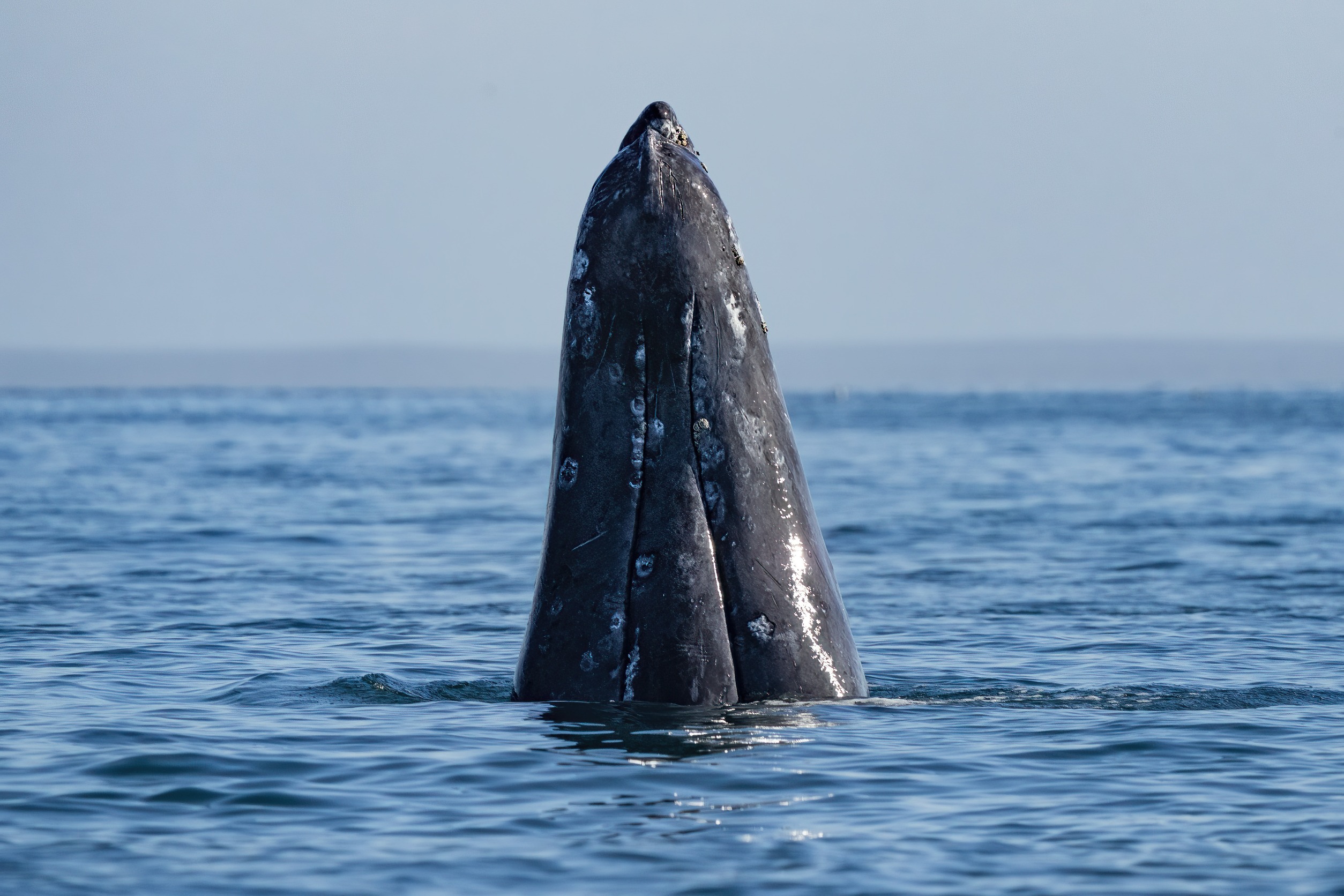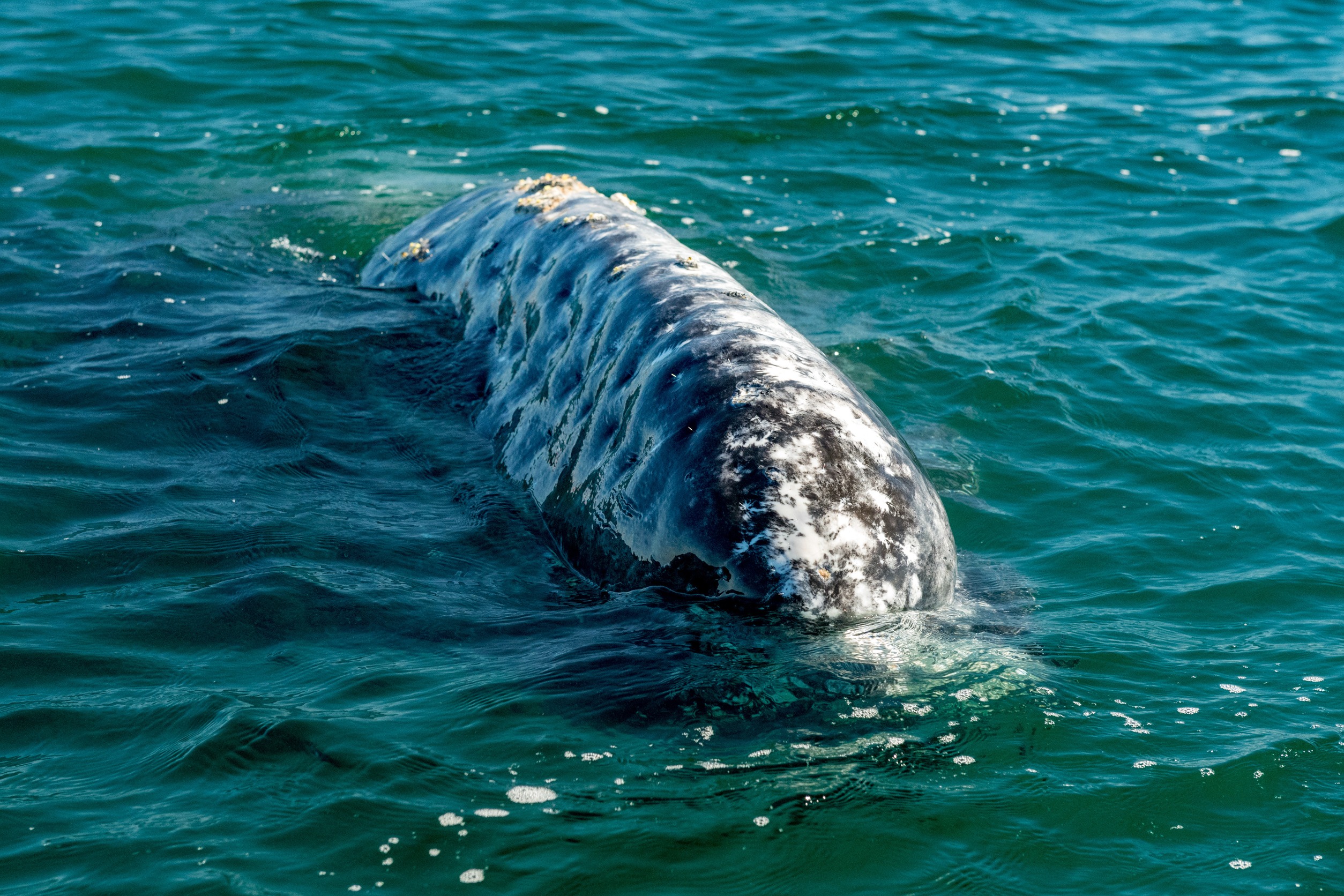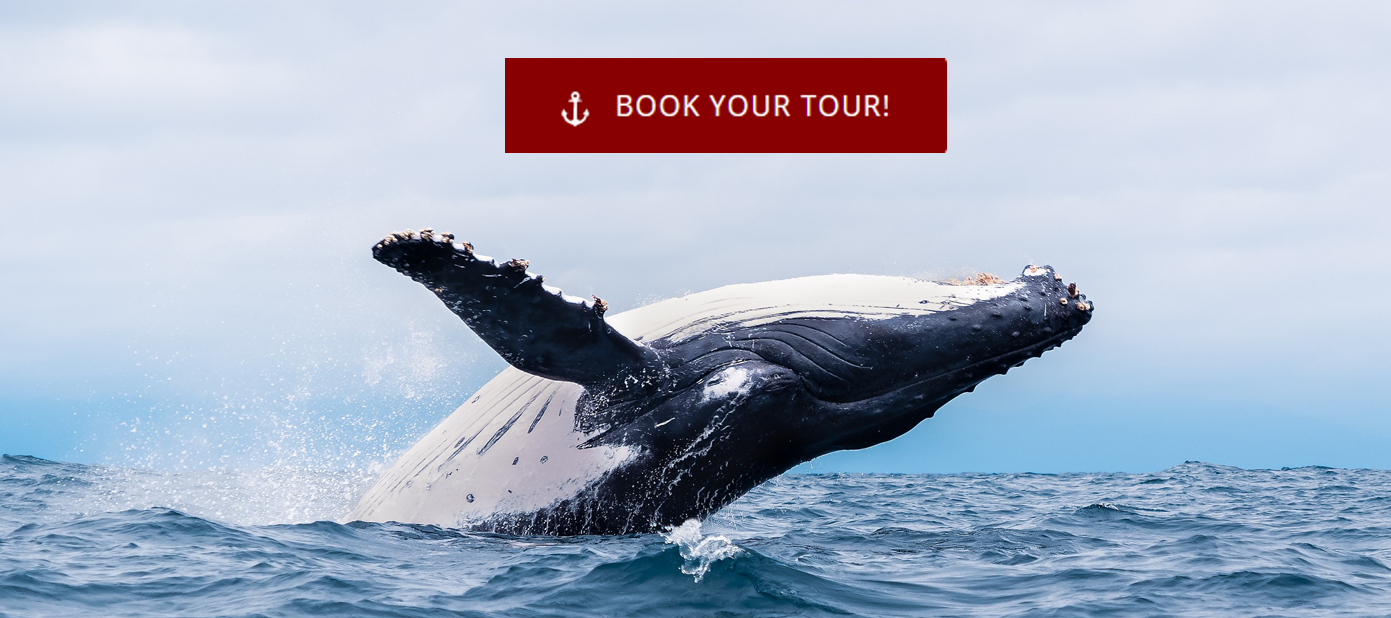A Gray Whale, Extinct in the Atlantic Ocean, Spotted After 200 Years: Everything You Need to Know

An Atlantic gray whale was recently spotted off the coast of Massachusetts, which is extremely rare. It is believed that gray whales disappeared from the Atlantic Ocean around 200 years ago, so spotting one now is impressive.
What is a Gray Whale?
Gray whales are large creatures; they grow to between 42 and 49 feet long and weigh up to 90,000 pounds, with males slightly smaller than females. Their bodies are mottled gray, and unlike other whale species, they do not have a dorsal fin. For a gray whale sighting, look for a dorsal hump and up to 12 small bumps between the hump and tail flukes. The flukes have S-shaped edges and are around 10 feet wide.
Female gray whales give birth to one calf at a time, and newborns are around 2,000 pounds and 15 to 16 feet long.
Gray whales can be seen alone or in groups of seven or more. In San Diego, gray whales often meet up, swim together, and then part ways. They get their food from the bottom of the ocean and filter it through baleen plates in their upper jaws.
Where Can You Find Gray Whales?
Gray whales’ primary location is in the shallow waters of the eastern and western North Pacific. The western stock is located along the East Asia coast, while the eastern stock lives off North America’s west coast. During the summer, the east stock feeds in the Chukchi and Bering seas and off the coasts of Alaska, Washington, Northern California, and Oregon.
During the fall, the eastern stock migrates to warmer waters for the calf birthing season. During the fall and winter months, they can be seen off the southern coast of California and in Baja California, Mexico. They may even be spotted during early spring as they return to the Northern Pacific.

Why Did Gray Whales Go Extinct in the Atlantic?
Gray whales went extinct in the Atlantic in the 1700s, mainly due to whaling. Whaling consists of hunting whales and killing them for food and oil. This practice has been around for hundreds of years in oceans worldwide but is now limited as regulatory organizations have taken steps to protect the declining populations of whales.
Rare Spotting: A Gray Whale in the Atlantic
Although they had not been seen in the Atlantic since the 18th century, a rare gray whale was spotted in early March south of Nantucket. There have only been five gray whale sightings in the Atlantic Ocean and Mediterranean Sea in the last 15 years.
Scientists speculate that the return of gray whales to this area is due to climate change. Rising temperatures have melted the ice covering the Northwest Passage, which connects the Pacific and Atlantic Oceans through Canada. Whales are thought to have moved through these ice-free waters in search of food, although some believe the passage may have occurred because young whales had lost their way.
Whatever the reasons for the Atlantic gray whale sightings, scientists predict there will be more sightings.
Meanwhile, if you want to see gray whales, your best bet is to take a whale-watching tour off the coast of Southern California or the west coast of Northern Mexico. These tours are led by educated captains who know all about gray and other species of whales, and they know where the best places are to spot them. While on these tours, expect to learn much about whales and see additional sea life, such as dolphins, sea lions, and sea turtles.
